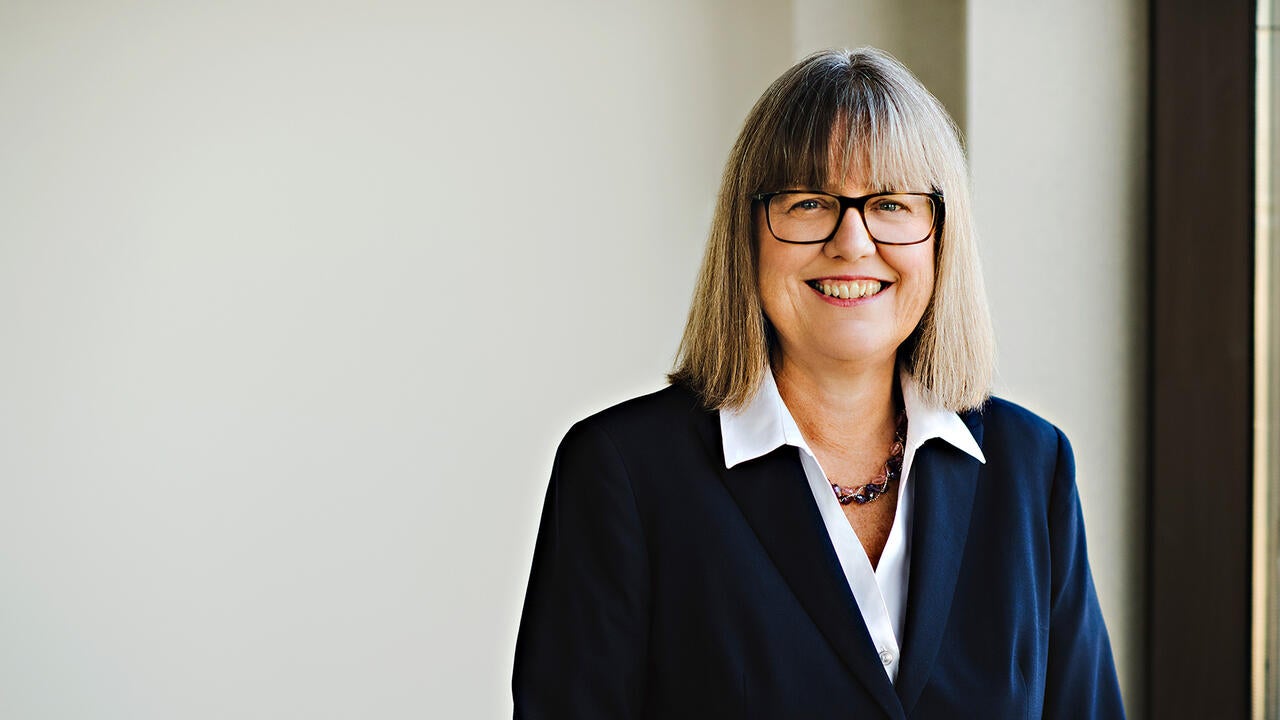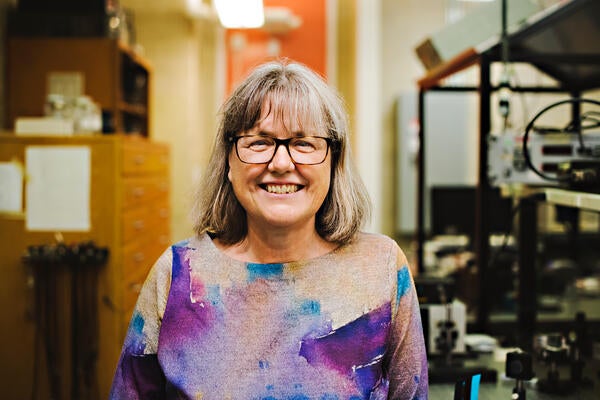
Nobel Prize award ceremony
Celebrate Donna Strickland’s achievement and watch her accept the Nobel Prize in Physics 2018.

Celebrate Donna Strickland’s achievement and watch her accept the Nobel Prize in Physics 2018.
By University RelationsJoin us in Needles Hall on Monday, December 10 to celebrate Donna Strickland’s remarkable accomplishment and watch her accept the Nobel Prize in Physics 2018. The award ceremony will be livestreamed from Sweden.
When: Monday, December 10 | 10:30 a.m. to 12:30 p.m.
Where: Needles Hall | Board and Senate Chambers, room 3407 | University of Waterloo
We anticipate the ceremony to begin promptly at 10:30 a.m.
If you can't make the party, you can watch the ceremony online.
Attending the Nobel Prize ceremony is a prestigious honour that few people get to experience in their lifetime. Strickland will be attending this exclusive event and making history as she becomes one of only 904 people to be awarded a Nobel Prize.
Since 1901, the Nobel Prizes have been awarded at annual ceremonies held on December 10, the anniversary of Alfred Nobel’s death.
Inside the Stockholm Concert Hall
Nobel established the prize through his final will and testament. When he passed away in 1895, he directed that the bulk of his fortune should be divided into five parts and to be used for prizes in physics, chemistry, physiology or medicine, literature and peace to “those who, during the preceding year, shall have conferred the greatest benefit to humankind.”
Also stipulated in Nobel’s will was that the Nobel Prizes in Physics, Chemistry, Physiology or Medicine and Literature are awarded in Stockholm while the Nobel Peace Prize is awarded in Oslo. Since 1969, an additional prize has been awarded at the ceremony in Stockholm—the Sveriges Riksbank Prize in Economic Sciences in Memory of Alfred Nobel.
Strickland is a professor at Waterloo in the Department of Physics and Astronomy. She is one of the recipients of the Nobel Prize in Physics 2018 for developing chirped pulse amplification with Gérard Mourou. They published this Nobel-winning research in 1985 when Strickland was a PhD student at the University of Rochester in New York state. Together they paved the way toward the most intense laser pulses ever created. The research has several applications today in industry and medicine — including the cutting of a patient’s cornea in laser eye surgery, and the machining of small glass parts for use in cell phones.

Read more
“I have tremendous confidence in myself. . . I just go and do what I want to do.”

Read more
Professor Donna Strickland says breakthrough work on chirped pulse amplification (CPA) was fun

Read more
Donna Strickland becomes the first Canadian woman to be awarded the Nobel Prize for Physics
The University of Waterloo acknowledges that much of our work takes place on the traditional territory of the Neutral, Anishinaabeg, and Haudenosaunee peoples. Our main campus is situated on the Haldimand Tract, the land granted to the Six Nations that includes six miles on each side of the Grand River. Our active work toward reconciliation takes place across our campuses through research, learning, teaching, and community building, and is co-ordinated within the Office of Indigenous Relations.